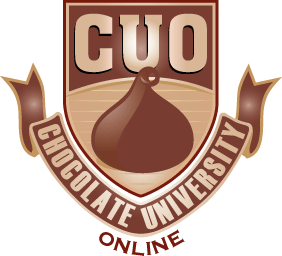Chocolate From The Past
Due to intense love of chocolate, more and more research were done just to trace back its history. While it’s great to just indulge in the goodness of your chocolate, it wouldn’t hurt to know how it made people in the past just as happy as we are now because of it.
Give credit where credit is due. That said, must be given to Fathers, specifically Dominicans, for having the Spanish appreciate chocolate. In 1544, they lured the court by preparing chocolate which was presented by a Kekchi Maya delegation of New World natives.
Because of faith, chocolate spread, making new regions of the world appreciate it. Europeans started to love it, so they made use of chocolate in Christian celebrations. They used chocolate to sustain different aspects of their lives, including physical, economic, as well as spiritual.
Chocolate progressively became a tool for adulation, which is offered for the greater glory of God. As a matter of fact, monks whipped up chocolate. They drank and hoarded it secretly. There was even a room mainly for chocolate drinking. Alphonse de Richelieu, cardinal of Paris, was privileged to be among the first ones to experience chocolate. There was a personal chocolate maker for him.
Chocolate was a reputed “road food” when the church had a mission to California. The thrill of chocolate experience traveled there through Franciscans like Father Junipero Serra. When he left Spain to fulfill his duties in the New World, he brought along with him some chocolates.
Unfortunately, storms made his ship stop at Puerto Rico. When the captain defaulted on his promise to feed them, a local Christian mission provided chocolate for sustenance. Serra reported: “For eighteen days we ate better than in any convent, all drinking chocolate every day.”
The best chocolatiers back then, known as mendiants, always made delicacies. These immortalize the mendicant (beggar) orders-Augustinians, Carmelites, Dominicans, and Franciscans-those that were serving the poor and depend mainly on donations for support. Dried fruits and nuts in the mendicant were symbols for the color of different monastic robes: raisins for Dominicans, hazelnuts for Augustinians, dried figs for Franciscans, and almonds for Carmelites.
Adapted from On the Chocolate Trail: A Delicious Adventure Connecting Jews, Religions, History, Travel, Rituals and Recipes to the Magic of Cacao, published by Jewish Lights.




